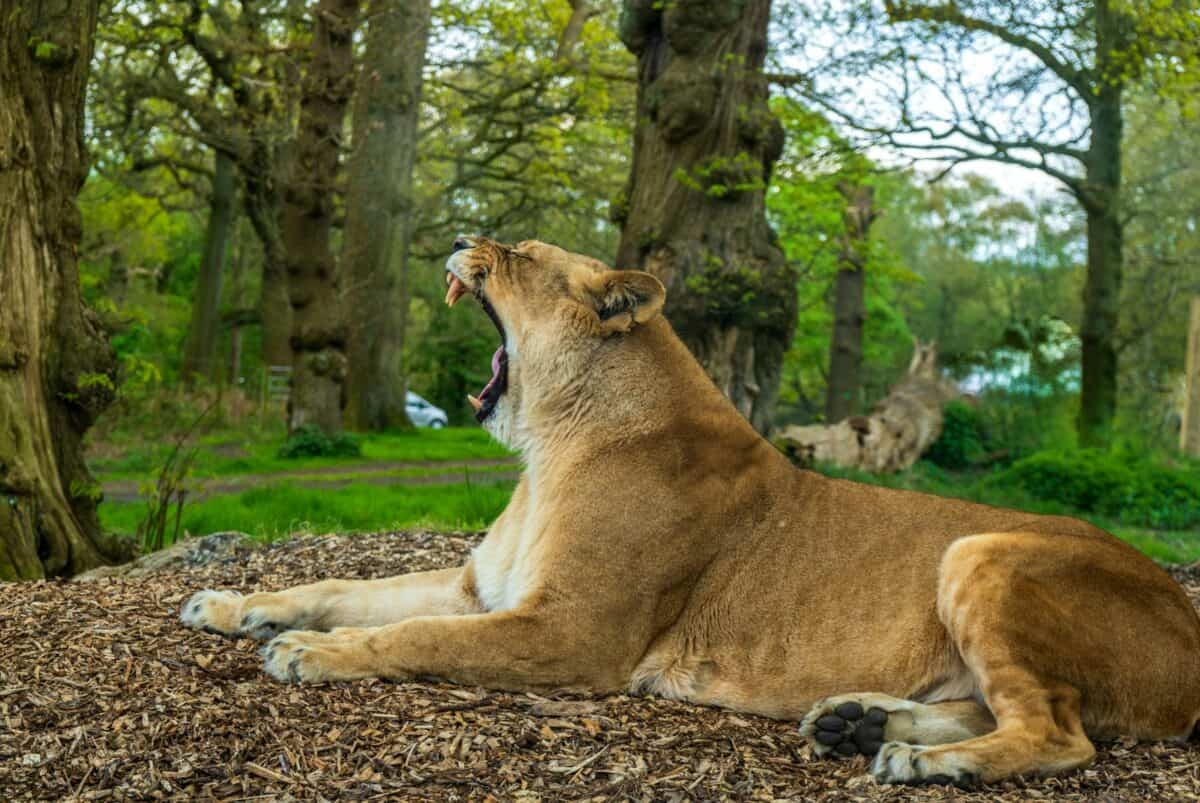The natural world is a symphony of extraordinary sounds, from the haunting calls that echo through dense forests to the powerful roars that thunder across savannas. These wild animal vocalizations serve essential purposes—establishing territory, attracting mates, warning of danger, or communicating with group members. While many animal sounds become familiar through nature documentaries or zoo visits, experiencing them in their natural settings creates an unforgettable auditory impression that can send shivers down your spine or fill you with wonder. In this exploration of remarkable animal vocalizations, we’ll journey through the most memorable sounds from the animal kingdom—sounds that once heard, leave a permanent imprint on your memory.
The Earth-Shaking Lion’s Roar
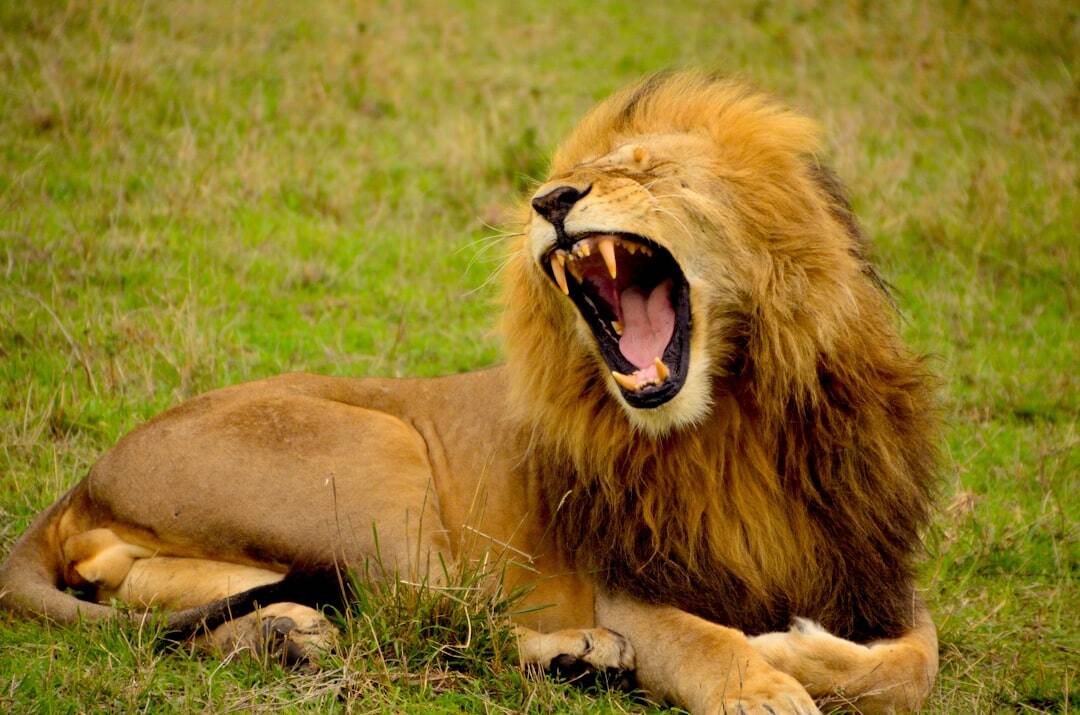
The lion’s roar stands as perhaps the most iconic sound in the animal kingdom, and for good reason. A male lion’s full-throated roar can be heard up to 5 miles away and reaches an impressive 114 decibels—similar to standing near a rock concert or jet engine. What makes this sound particularly unforgettable is not just its volume but its unique acoustic quality. Lions possess specialized throat anatomy, including a unique hyoid apparatus (throat bones) that allows them to produce their distinctive low-frequency rumbles. These roars serve multiple purposes: establishing territorial boundaries, communicating with pride members, and advertising the male’s fitness to potential mates and rivals. When experienced in person on an African savanna at dawn or dusk, many describe the sound as physically moving through their body—a primal experience that connects humans directly to our ancient relationship with these apex predators.
The Haunting Wolf Howl

Few animal sounds evoke such a powerful emotional response as the howl of a wolf. This hauntingly beautiful vocalization can carry for miles across forests, mountains, and tundra. Wolf howls serve as complex communication tools that help pack members locate each other and define territory boundaries. Each wolf has a distinct vocal signature, allowing pack members to identify individuals even when separated. What makes wolf howls particularly memorable is how they harmonize when multiple wolves join together—creating an eerie chorus that seems to connect directly to something primal in human listeners. Studies show that wolves adjust their howls to create unique harmonic relationships when howling together, essentially creating wild symphonies. The sound becomes especially potent on still, cold nights when atmospheric conditions allow the howls to travel even farther, creating an auditory experience that has inspired countless myths, stories, and cultural beliefs throughout human history.
The Bone-Chilling Hyena “Laugh”
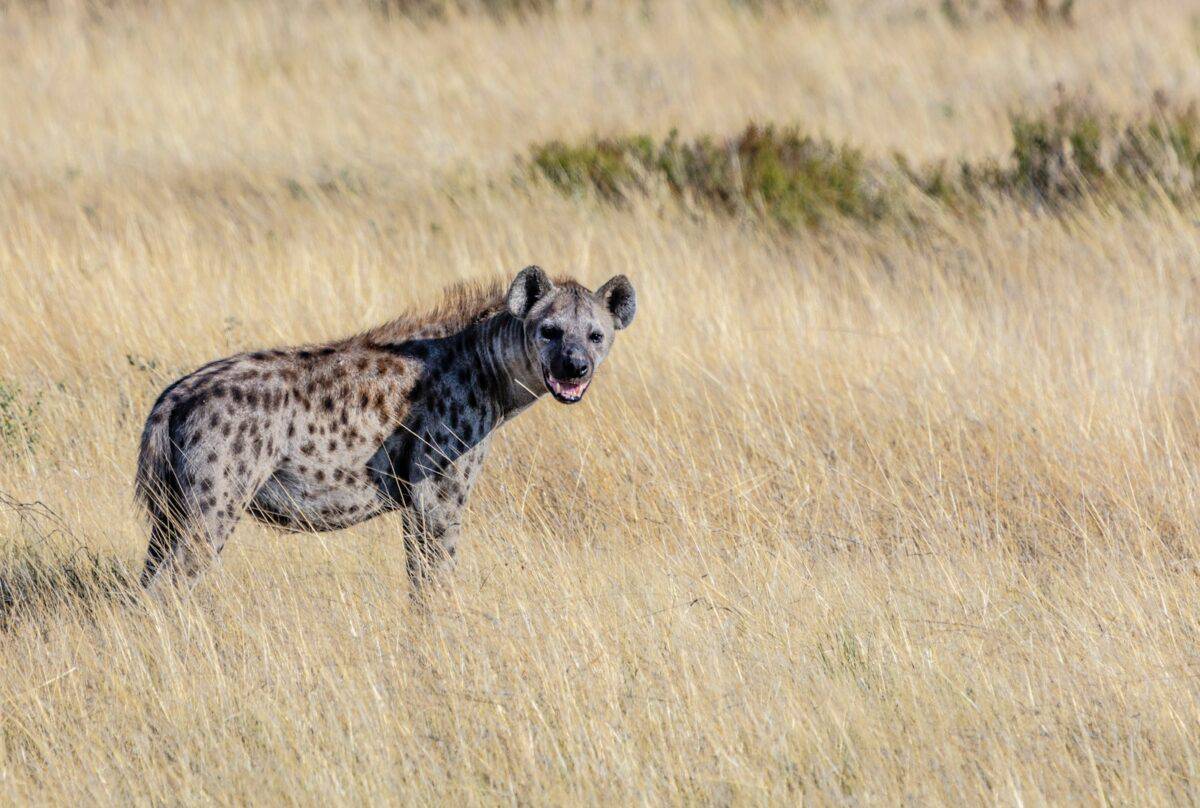
The spotted hyena’s infamous “laugh” ranks among nature’s most unsettling sounds. This high-pitched, maniacal vocalization isn’t actually an expression of humor but serves as a sign of nervousness, excitement, or submission within hyena social hierarchies. What makes this sound particularly memorable is its uncanny resemblance to human laughter while simultaneously containing something deeply alien and disturbing. Acoustically complex, hyena calls contain information about the caller’s age, sex, and social status. The sound results from air being rapidly pushed through their specialized vocal cords, creating a series of distinct whoops that rise in pitch and intensity. Researchers have identified over ten different types of hyena vocalizations, each conveying specific messages within their highly structured clan societies. When heard in the darkness of the African night, particularly from a group of hyenas surrounding a kill, this “laughter” creates an auditory experience that safari guides report consistently unnerves even the most seasoned wildlife enthusiasts.
The Otherworldly Elk Bugle

The bugle of a bull elk during autumn’s breeding season creates one of North America’s most distinctive wilderness sounds. Beginning as a deep, resonant bellow that rises to a high-pitched whistle before descending into a series of guttural grunts, the elk bugle carries for miles through mountain valleys and forests. This remarkable vocalization serves to advertise the bull’s presence to potential mates and warn rivals of his territorial claims. What makes the elk bugle particularly unforgettable is its almost supernatural quality—part scream, part flute-like call—that seems to embody the wild essence of the mountains themselves. The sound reaches its peak intensity during the “rut” (mating season) from September to October when bull elks compete fiercely for harems of females. The bugle’s haunting quality has made it a cherished auditory experience for wildlife enthusiasts, with dedicated “bugling tours” becoming increasingly popular in places like Yellowstone National Park and Rocky Mountain National Park, where visitors can safely experience this remarkable sound in its natural setting.
The Deafening Howler Monkey Dawn Chorus
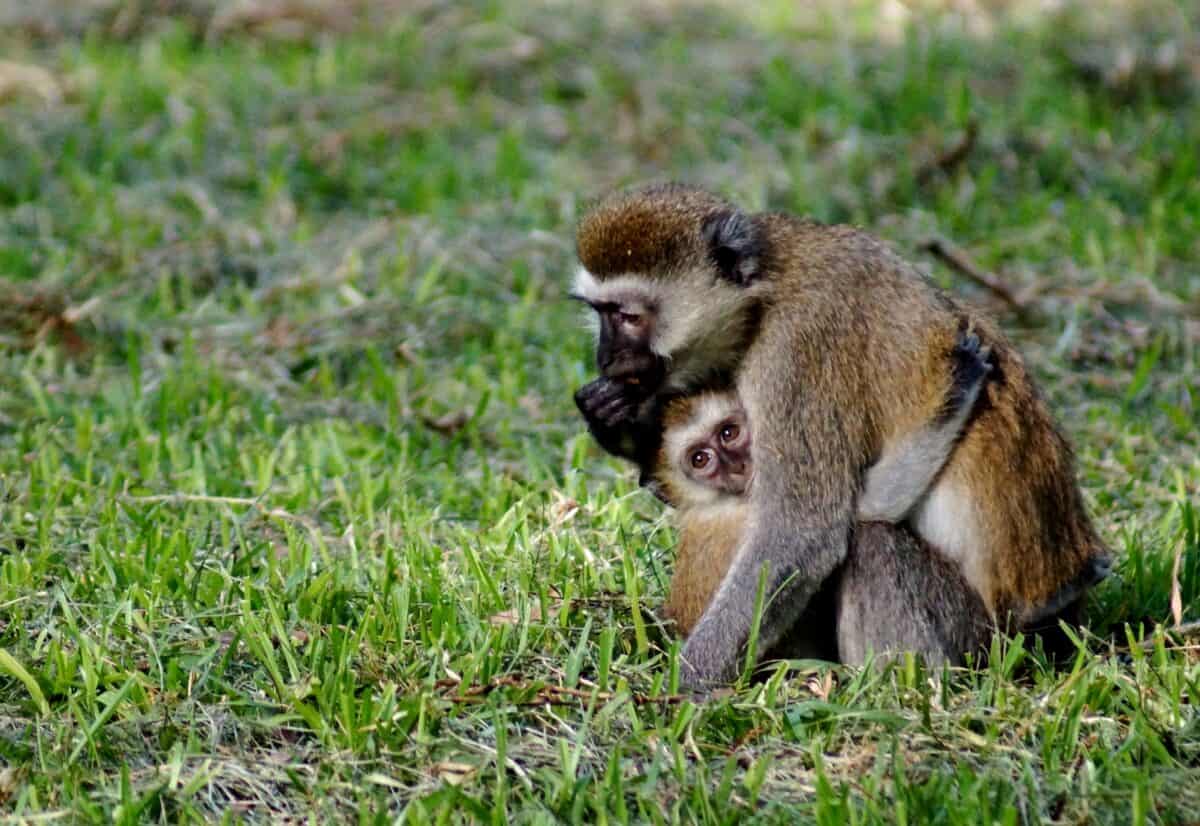
The howler monkey earns its name with what’s considered the loudest sound produced by any land animal in the western hemisphere. Their calls can reach 140 decibels and carry for up to three miles through dense rainforest. What makes this sound particularly unforgettable is both its volume and its otherworldly quality—a deep, guttural roar that builds to a crescendo and seems disproportionately massive compared to the animals producing it. Howler monkeys achieve this acoustic power through an enlarged hyoid bone and specially adapted throat structure that functions essentially as a natural amplifier. These calls typically begin at dawn, creating the famous “jungle awakening” that has startled countless rainforest visitors. The primary purpose of these vocalizations is territorial defense, as male howlers advertise their presence and strength to neighboring troops. For anyone who’s experienced a howler monkey chorus in person, the sheer physical impact of the sound vibrating through the rainforest canopy and resonating in one’s chest creates an auditory memory that remains vivid for years.
The Spine-Tingling Mountain Lion Scream
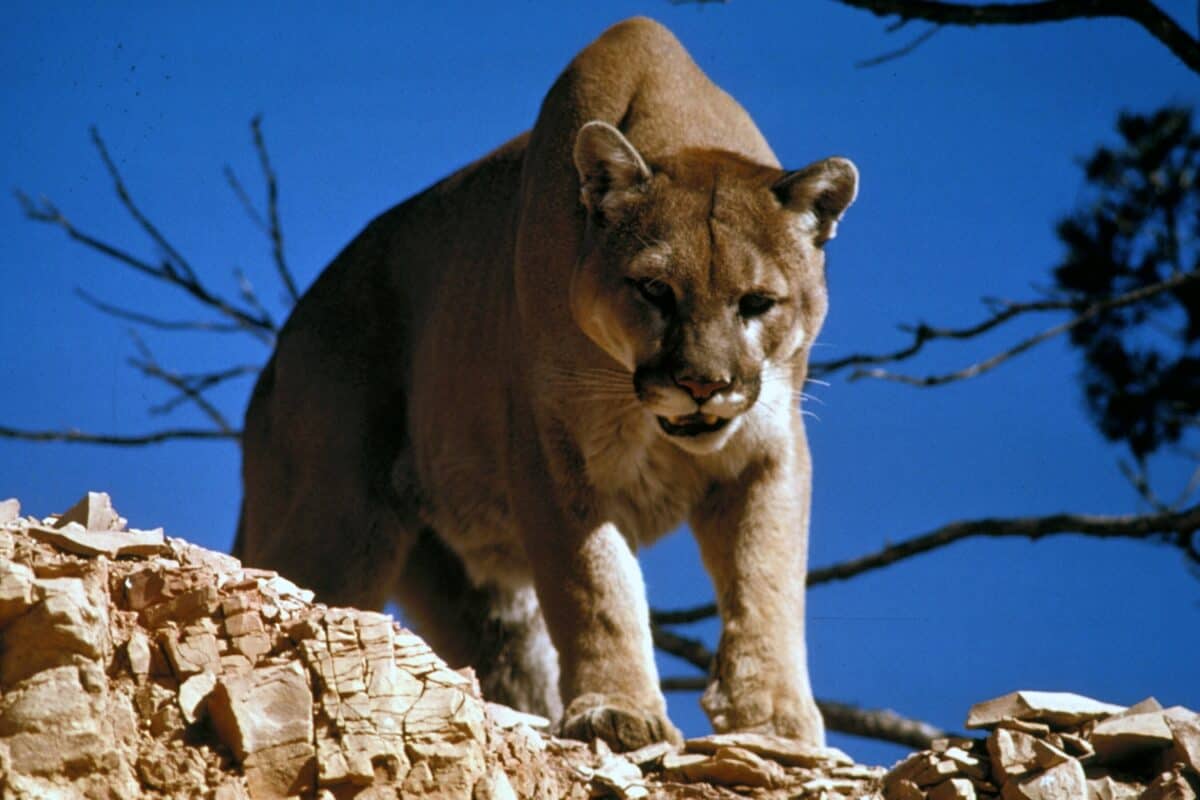
The mountain lion (also called cougar or puma) produces one of nature’s most alarming vocalizations—a high-pitched scream that bears an unsettling resemblance to a human woman in distress. This powerful call, most commonly heard during mating season, can pierce the night air and echo through canyons and forests with chilling effect. What makes this sound particularly memorable is its human-like quality, which has given rise to countless local legends and reported “ghost screams” in rural areas. Female mountain lions most commonly make this vocalization when in estrus to advertise their reproductive availability to males, though both sexes occasionally use similar calls in territorial disputes. Despite being North America’s largest cat, mountain lions rarely vocalize compared to other big cats, making an encounter with this sound particularly rare and impactful. The psychological effect of hearing this scream while alone in mountain lion territory creates such a powerful impression that many outdoor enthusiasts who’ve experienced it describe it as their most unforgettable wildlife encounter, even if they never actually saw the animal.
The Thunderous Alligator Bellow

The deep, resonant bellow of a male American alligator creates one of the wetlands’ most impressive acoustic displays. During mating season (April to May), male alligators produce these powerful low-frequency sounds that literally make the water “dance” around their bodies. What makes this sound unforgettable is both its physical power—it can be felt as much as heard—and its prehistoric quality that seems to connect listeners directly to the Mesozoic era. The bellowing involves a complex process where alligators submerge their bodies while keeping their heads above water, filling their lungs with air that they then force through their vocal cords to create infrasonic vibrations. These vibrations are so powerful that they cause water droplets to spray upward from the alligator’s back in a phenomenon called “water dancing.” The bellows serve both to attract mates and establish territorial dominance among males. For visitors to places like Florida’s Everglades or Louisiana’s bayous, experiencing a chorus of alligator bellows during breeding season provides an auditory window into ancient ecosystems that existed long before humans.
The Ethereal Whale Song

Humpback whale songs represent some of the most complex and beautiful vocalizations in the animal kingdom. These elaborate acoustic displays can last up to 30 minutes and follow distinct themes and patterns that evolve over time—essentially creating a constantly changing oceanic cultural tradition. What makes whale songs particularly unforgettable is their haunting, otherworldly quality and the knowledge that these massive marine mammals communicate across vast ocean distances using sounds that resemble both mournful cries and joyful melodies. Male humpbacks are the primary singers, using these vocalizations primarily during breeding season, suggesting the songs play a role in mate attraction. Remarkably, whales within the same ocean basin sing similar songs that gradually change over the season, with all whales adopting the same innovations—a form of cultural transmission. For those fortunate enough to experience whale songs through hydrophones or while diving, the sound creates a profound connection to these intelligent marine giants and the mysterious underwater world they inhabit.
The Primeval Crocodile Hiss
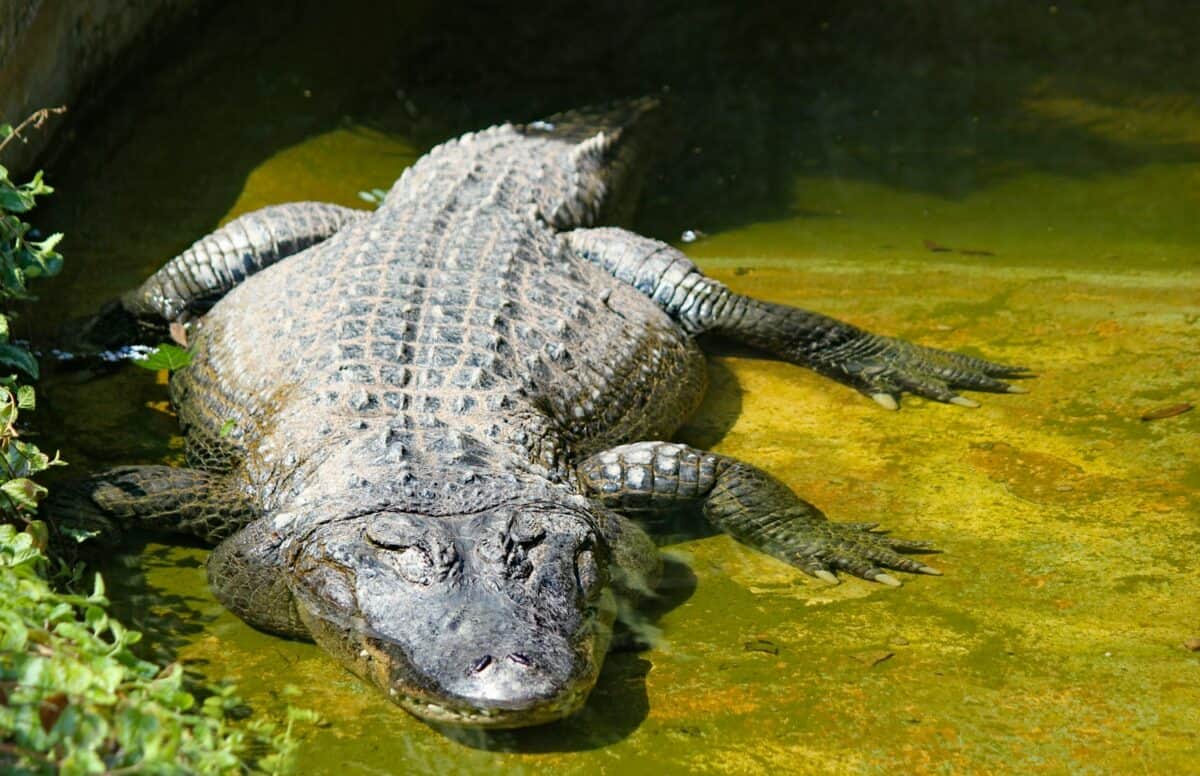
The throaty hiss of a threatened Nile crocodile stands as one of nature’s most primordial warnings. This sound begins as a deep, rumbling growl that builds into an explosive hiss as air is forcefully expelled through the crocodile’s throat and nostrils. What makes this vocalization particularly unforgettable is its direct connection to our evolutionary fear response—humans seem innately programmed to recognize and fear this sound. Crocodiles produce this warning when they feel their territory is being invaded or when protecting nests and young. Unlike many animal warning sounds, the crocodile hiss almost always indicates imminent physical aggression if the threat doesn’t retreat. The sound is especially impactful because it’s often accompanied by physical displays—the crocodile raises its body high on its legs while inflating its throat and sometimes performing a head-slapping display on the water’s surface. Wildlife guides in places like the Okavango Delta or Nile River basin report that this sound, more than any visual stimulus, triggers the most immediate fear response in humans, suggesting our recognition of this danger signal may be deeply encoded in our evolutionary psychology.
The Reverberating Gorilla Chest Beat

While not a vocalization in the traditional sense, the mountain gorilla’s chest beat creates one of the forest’s most recognizable and intimidating sounds. A dominant silverback male produces this sound by cupping his hands and rapidly striking his chest, creating a hollow drumming that can be heard over half a mile away through dense rainforest. What makes this sound especially memorable is its impressive volume combined with the knowledge of the immense strength behind it—a physical display that communicates the gorilla’s power and status. The chest beat serves multiple functions: establishing dominance hierarchies, warning rival males, impressing females, and rallying family groups during times of perceived threat. Each silverback has a slightly different chest-beating pattern, essentially creating a unique acoustic signature. The rhythm typically accelerates and increases in volume before ending abruptly, creating a tension-and-release pattern that maximizes its psychological impact on listeners. For researchers and tourists who’ve witnessed this display in Rwanda’s Volcanoes National Park or Uganda’s Bwindi Impenetrable Forest, the chest beat creates an unforgettable multi-sensory experience that combines sound, physical presence, and the rare opportunity to witness one of our closest relatives in its natural environment.
The Ear-Piercing Gibbon Song
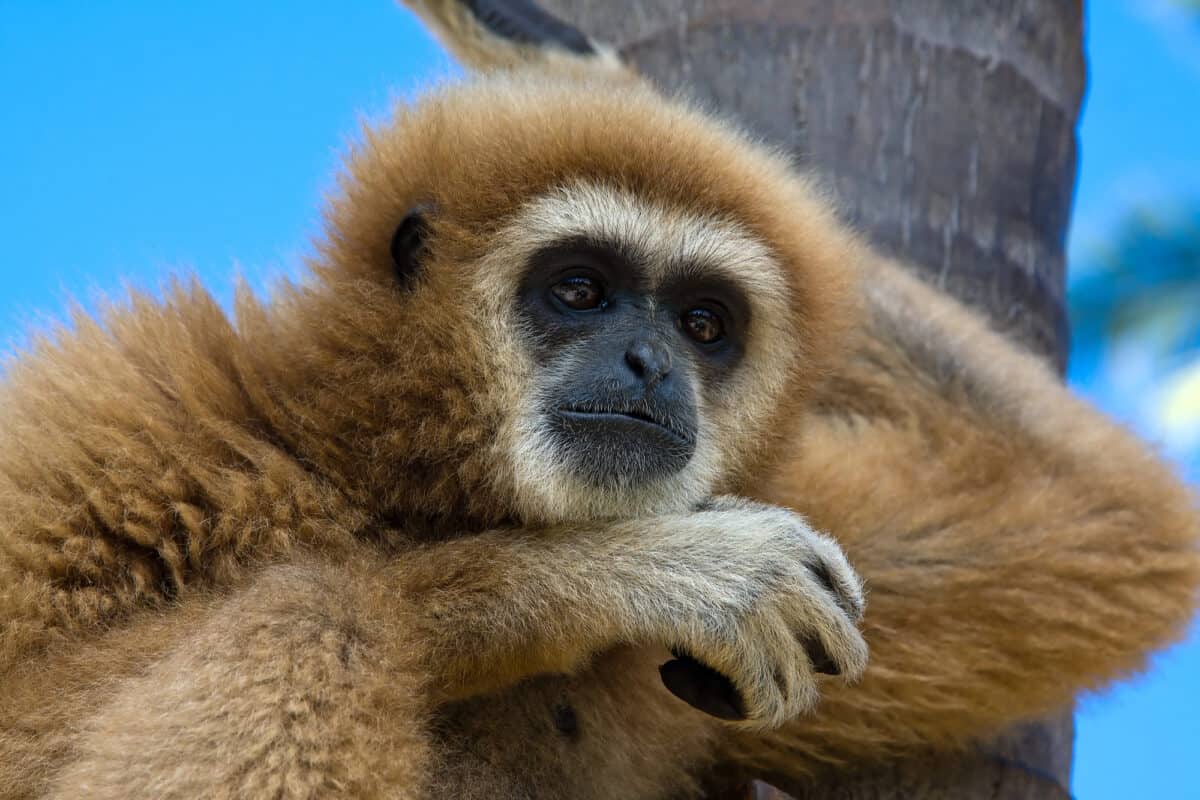
The morning territorial calls of gibbons create one of the most distinctive soundscapes in Southeast Asian forests. These small apes produce remarkably loud vocalizations that include elaborate whoops, trills, and crescendoing screams that can carry for miles through the forest canopy. What makes gibbon songs particularly unforgettable is their musical quality—they follow specific patterns with recognizable phrases that rise and fall in pitch like an operatic aria. These songs typically involve coordinated duets between mated pairs, with males and females producing complementary vocalizations that interweave to create complex harmonies. The primary purpose of these calls is to announce territory boundaries to neighboring gibbon families and strengthen pair bonds between mates. The acoustic structure of gibbon songs varies significantly between species, essentially creating distinct “dialects” across their range. For visitors to places like Thailand’s Khao Yai National Park or Indonesia’s rainforests, experiencing the dawn chorus of gibbon songs provides an unforgettable glimpse into the complex social and acoustic world of these highly vocal primates.
The Mysterious Loon Call

The common loon’s wail stands as one of North America’s most hauntingly beautiful wilderness sounds. This eerie, wavering call echoes across northern lakes, particularly during summer evenings and early mornings. What makes the loon’s call especially memorable is its almost supernatural quality—a mournful, echoing cry that seems to embody the wilderness itself. Loons actually produce four distinct vocalizations: the wail (a long, drawn-out call used to locate family members), the tremolo (a laughing sound that signals alarm), the yodel (a territorial call made only by males), and the hoot (a short contact call between family members). Each serves specific communicative functions critical to loon social structure and survival. The calls travel exceptionally well over water, allowing loons to communicate across considerable distances. For generations of people who’ve spent time near northern lakes in places like Minnesota, Maine, or Canada, the loon’s call has become inextricably linked with wilderness experiences, inspiring countless artistic representations and even spiritual significance in some Native American traditions.
The Startling Koala Bellow

Perhaps the most surprising animal sound relative to the creature producing it is the male koala’s breeding call. Despite their cuddly appearance, male koalas produce an extraordinarily deep, rumbling bellow that sounds more appropriate coming from an animal the size of a bear rather than a relatively small marsupial. What makes this sound particularly unforgettable is the complete disconnect between the koala’s appearance and the powerful vocalization it produces. The sound begins with deep inhalations followed by a series of resonant, grunting bellows that can be heard up to a kilometer away through Australian eucalyptus forests. This remarkable projection is possible because koalas possess a specialized extra vocal organ not found in other marsupials—a pair of laryngeal folds that allow them to produce sounds approximately 20 times lower than would be expected for an animal their size. The bellows primarily serve as territorial advertisements and mate attraction during breeding season. For visitors to Australian forests who hear this sound without seeing its source, the revelation that it comes from a koala rather than a much larger animal creates an auditory experience that challenges expectations and remains vividly memorable.
Conclusion: The Lasting Impact of Wild Animal Sounds

The remarkable vocalizations of wild animals represent one of nature’s most powerful ways of connecting humans to the natural world. These sounds transcend visual experiences, often creating more lasting impressions and emotional responses than even the most stunning wildlife sightings. Scientists increasingly recognize the importance of preserving not just animal species and habitats but also their acoustic environments—what researchers now call “soundscapes.” As human-generated noise continues to encroach on wild spaces, these distinctive animal vocalizations face growing challenges to be heard over the din of civilization. Conservation efforts now frequently include protecting the acoustic integrity of natural environments, recognizing that animal communication represents a critical but often overlooked aspect of ecosystem health. For those fortunate enough to experience these unforgettable sounds in their natural settings, the memory creates a powerful motivation to protect the wild spaces and creatures that produce nature’s most remarkable symphony.
- 11 Signs Your Horse Might Be Bored - August 9, 2025
- Jurassic World Dominion Dinosaurs - August 9, 2025
- 11 Signs a Rhino Is About to Charge - August 9, 2025

